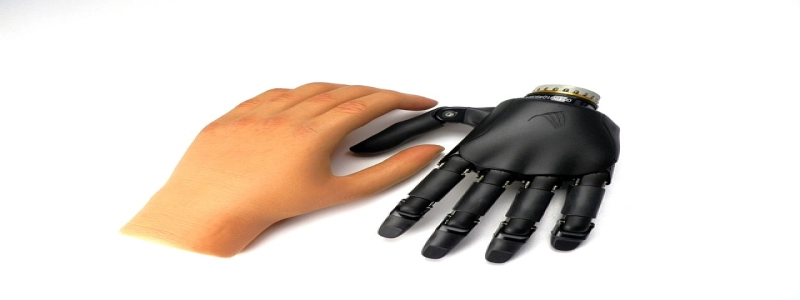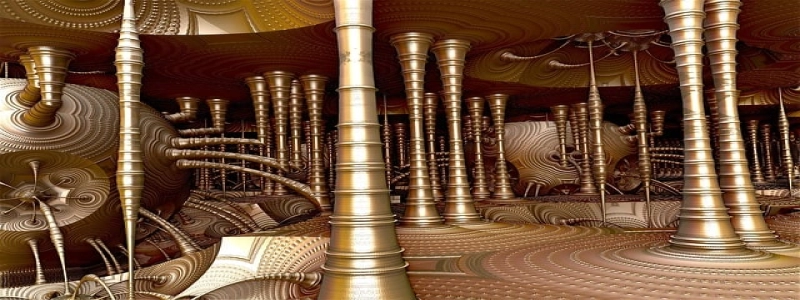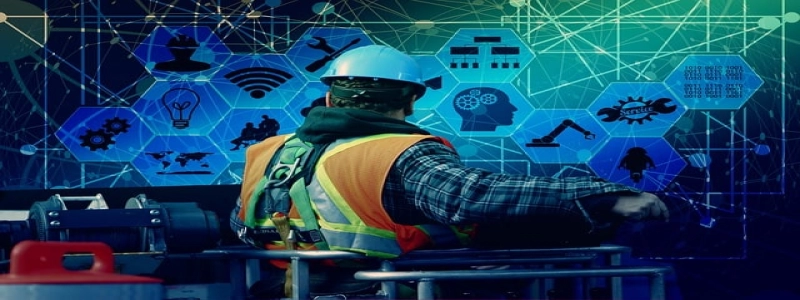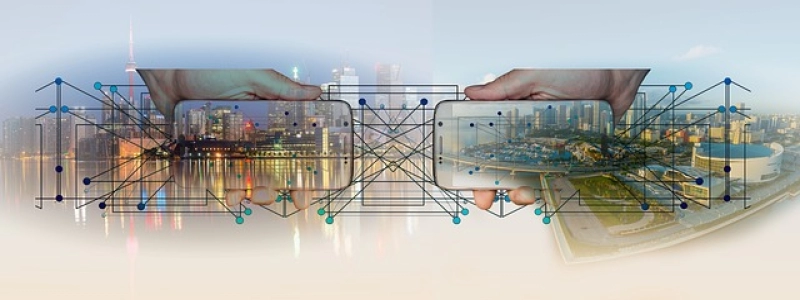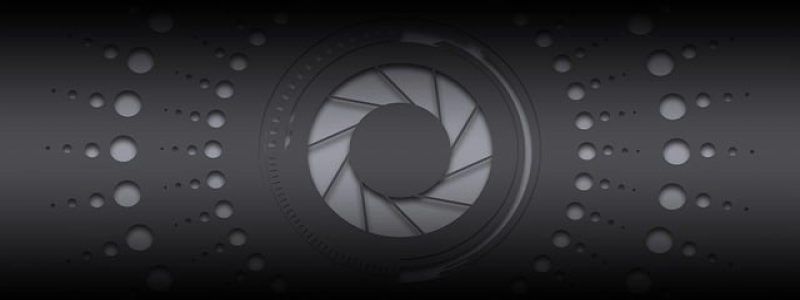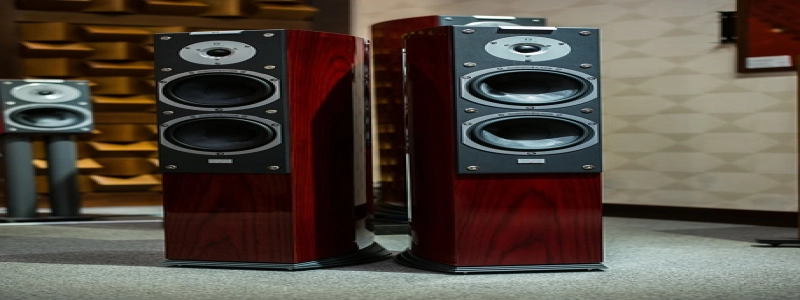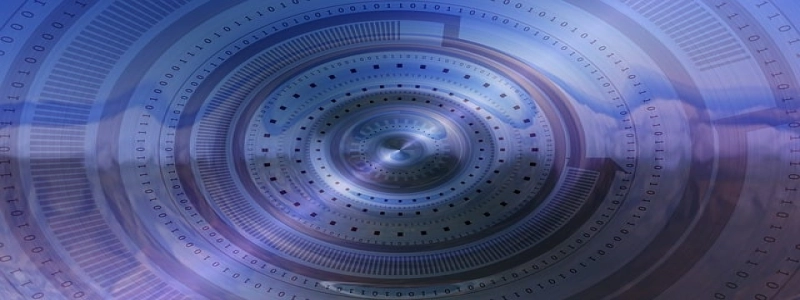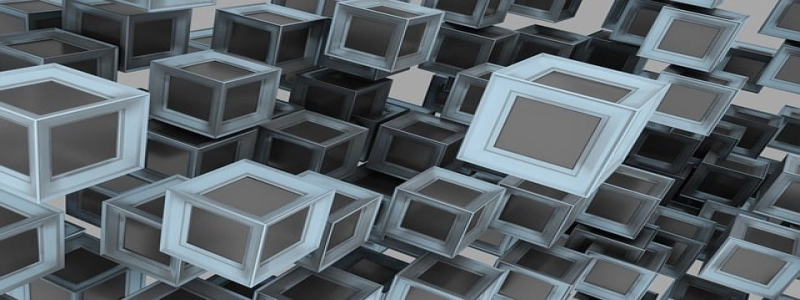# What Does the Ethernet Cable Look Like
## Introduction
In today’s digital world, the internet has become an integral part of our lives. Whether at home or in the office, we rely on internet connectivity for various tasks. One crucial component of a reliable and efficient internet connection is the Ethernet cable. But what exactly does an Ethernet cable look like? In this article, we will explore the physical characteristics and features of an Ethernet cable.
## The Basics
An Ethernet cable is a type of network cable used to connect devices such as computers, routers, and modems to enable internet connectivity. It is also commonly referred to as an RJ-45 cable, as it typically uses an RJ-45 connector at both ends. The cable itself consists of several twisted pairs of wires enclosed within a protective outer sheath.
## Physical Appearance
Ethernet cables come in various lengths, ranging from a few feet to hundreds of feet, depending on the intended use. The most common type of Ethernet cable is known as Category 5e (Cat 5e), which is backward compatible with older versions such as Category 5 (Cat 5) and Category 6 (Cat 6). The cable’s color can vary, but most often, it is found in shades of blue, gray, or yellow.
The connectors at each end of the Ethernet cable are rectangular in shape, with eight metal pins inside that make contact with the corresponding pins on the device’s Ethernet port. These connectors are designed to fit snugly into the Ethernet port, ensuring a secure and reliable connection.
## Different Types of Ethernet Cables
While Cat 5e is the most commonly used Ethernet cable, there are other types available for specific purposes. Here are a few examples:
1. Cat 6: This type of cable offers higher performance and is designed for faster data transfer rates. It is backward compatible with Cat 5e and Cat 5 cables.
2. Cat 6a: Similar to Cat 6, Cat 6a provides even higher performance and better resistance to crosstalk. It is suitable for professional networking environments where higher bandwidth is required.
3. Cat 7: Cat 7 cables offer superior speed and performance compared to earlier versions. They provide shielding to minimize interference and are often used in data centers or high-demand networking applications.
## Conclusion
Ethernet cables are an essential component of any network setup, allowing devices to communicate and access the internet reliably. They come in various lengths and colors, with rectangular connectors that fit into Ethernet ports. Understanding the physical appearance and different types of Ethernet cables can help ensure a seamless and efficient internet connection. So next time you see an Ethernet cable, you will know exactly what it looks like and its role in keeping you connected.
